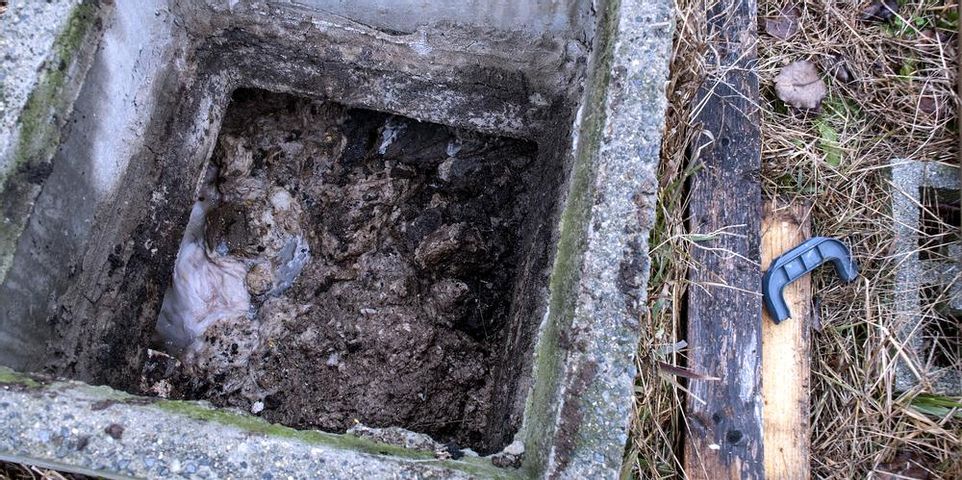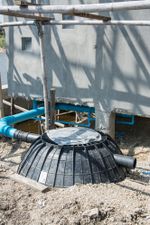What’s the Difference Between a Septic Tank & a Cesspool?

In many remote places across the states, sewer lines aren’t close enough to the government sewer system to connect to it. Instead, these rely on septic tanks and cesspools to dispose of waste. While both of these systems are intended to remove waste, they do so in different ways and serve varying purposes. Below, the experts from Gecko Enterprises in Oahu, HI, explain the difference between these two prevalent systems.
Septic Tanks vs. Cesspools
Septic Tanks
 Septic tanks have been around since the early 20th century and are used across the U.S. and Europe currently. Today, these cylindrical tanks are typically made out of concrete or reinforced fiberglass. They might be located completely or partly underground. Human organic waste from one’s property feeds into the septic tank, which breaks it down due to its unique bacterial environment. Then, the material is fed into a complementary water treatment unit, such as a bio-filter, helping to filter and reuse water. About one-fourth of the North American population relies on septic tanks to dispose of waste.
Septic tanks have been around since the early 20th century and are used across the U.S. and Europe currently. Today, these cylindrical tanks are typically made out of concrete or reinforced fiberglass. They might be located completely or partly underground. Human organic waste from one’s property feeds into the septic tank, which breaks it down due to its unique bacterial environment. Then, the material is fed into a complementary water treatment unit, such as a bio-filter, helping to filter and reuse water. About one-fourth of the North American population relies on septic tanks to dispose of waste.
Cesspools
While similarly cylindrical, a cesspool is always dug deep into the land, usually about 15 to 20 feet. It’s covered with a hatch and stores all kinds of sewage material, unlike a septic tank, typically only storing human waste. The solids remain in the cesspool while the liquids seep into the soil through the concrete.
To avoid the production of harmful chemicals, cesspool pumping and other treatments are necessary. For this reason, they require more maintenance than septic tanks. Without regular cesspool pumping, the tank may contaminate surrounding groundwater, which may threaten the purity of local drinking water, which is why they are typically stored far away from wells and other water resources.
Whether you need a septic tank installation or cesspool pumping, the experts from Gecko Enterprises have you covered. To learn more about how they can help you, call today at (808) 637-3240 or visit the website.
About the Business
Have a question? Ask the experts!
Send your question

